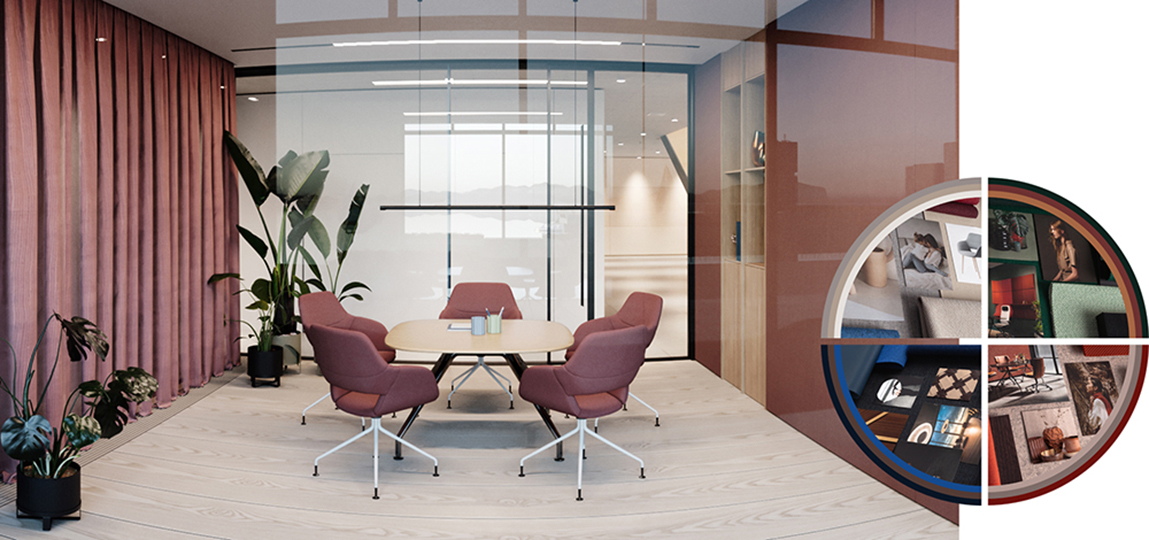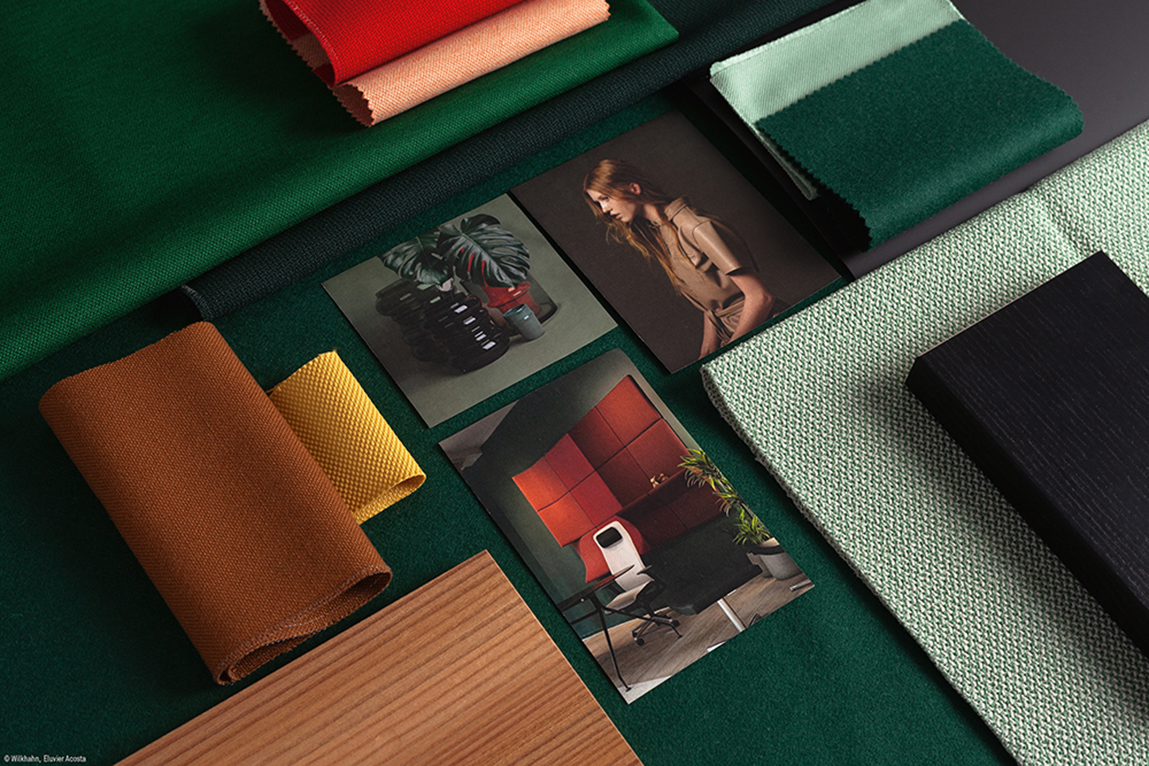
Colors and how human beings perceive them have been playing a special role for centuries. A glance at the work of Aristoteles, Leonardo da Vinci or Goethe shows that color has been a timeless, cross-disciplinary theme throughout history. And colors are also very important in architecture. In addition to the interior design, shapes and materials, colors define how we perceive buildings and interiors and the impact they have. Therefore, when planning a human-centered workplace it was clear that colors and materials are key to achieving the desired effect on people.
We talked to Alina Schnizler and Aiko Telgen from Wilkhahn’s design team about colors, materials, and inspiration in interior design. They investigated how to use specific colors and materials in the human-centered workplace to bring about the result required. Four mood boards called Sophisticated, Pure, Greenery and Earth are the upshot. These suggest a wide range of settings and atmospheres.
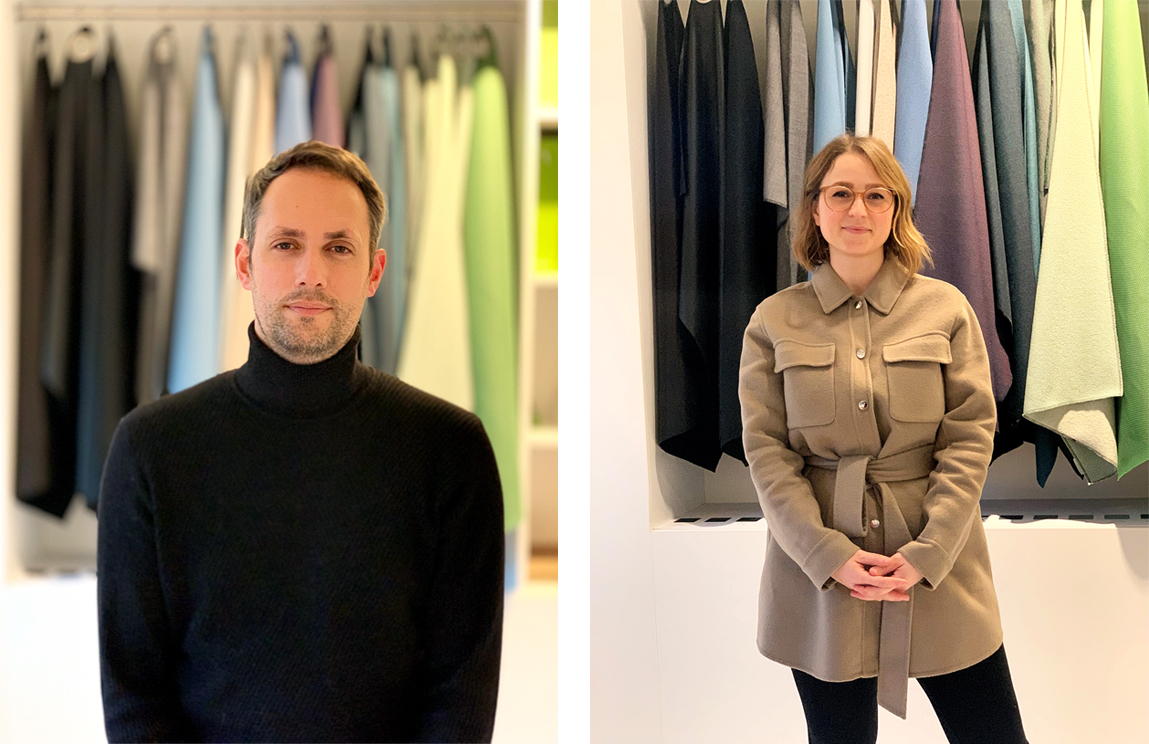
Alina, what was the motivation for the new mood boards you developed?
AS: As Wilkhahn designers, we’re responsible for designing the products and selecting the fabric collections. Colors, samples, and haptics make working with fabrics an enjoyable experience and one we’d like to pass on. The interaction of depth, created by placing single yarns over each other, and the weight of a fabric is fascinating. Our job involves discovering and experimenting with different combinations of material and looking at the effects these have. We collated and organized our findings and reflected on how we could harness them to make offices places people liked to be.
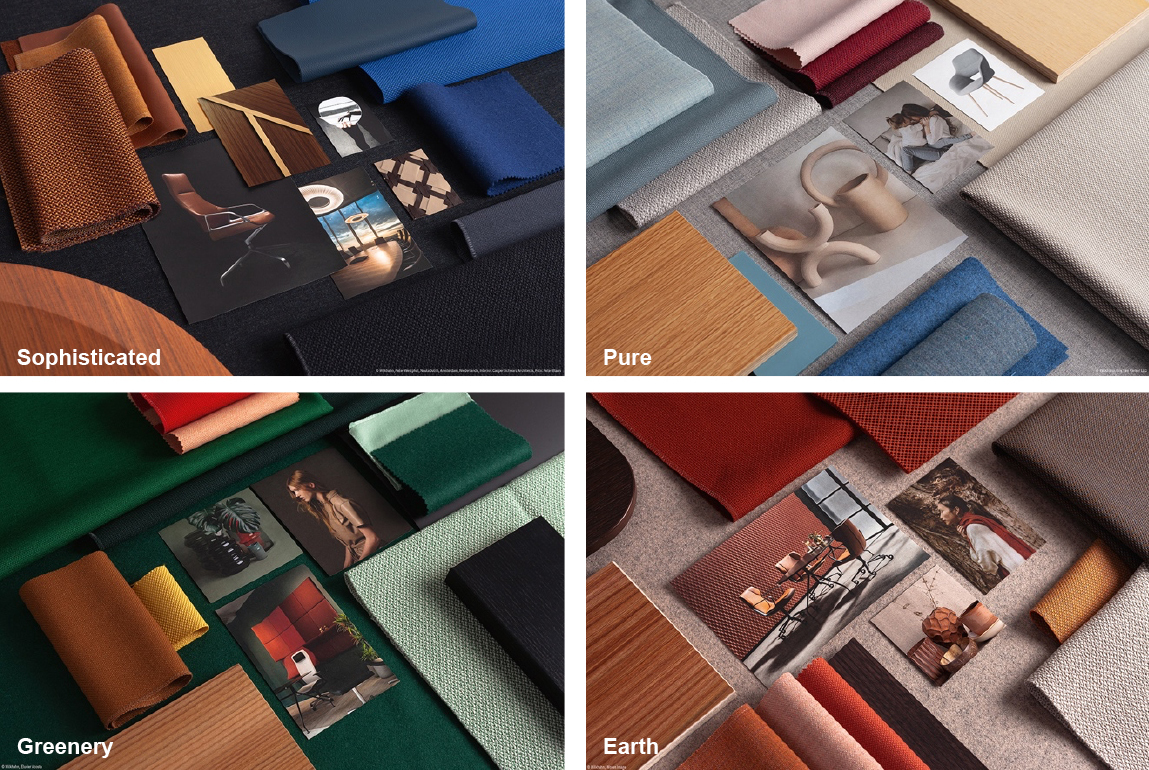
Who are the mood boards targeted at?
AS: Primarily, the mood boards’ purpose is to inspire. However, the goal is also to help architects and interior designers in the planning process. We selected and curated colors and materials to produce mood boards with four atmospheres. But these combinations aren’t the only solution of course. The idea is more to trigger a creative discussion on colors and materials. The mood boards are there to show planners the multiple options Wilkhahn furniture offers in a range of very different interior design concepts.
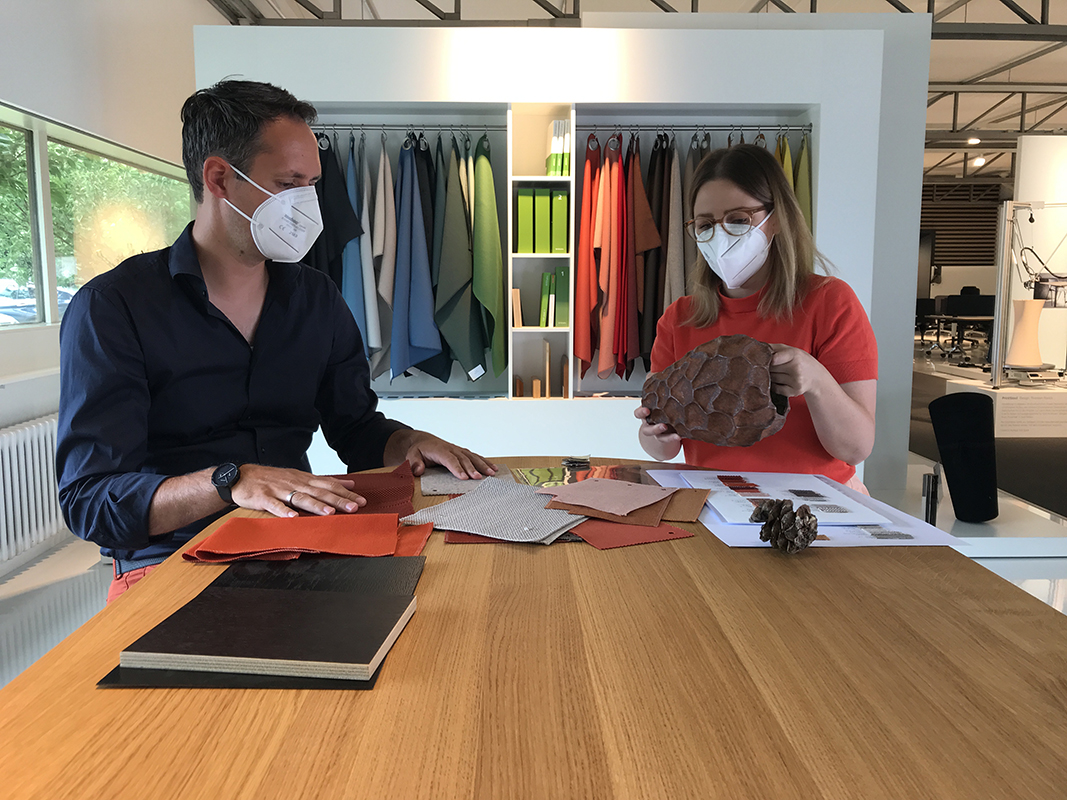
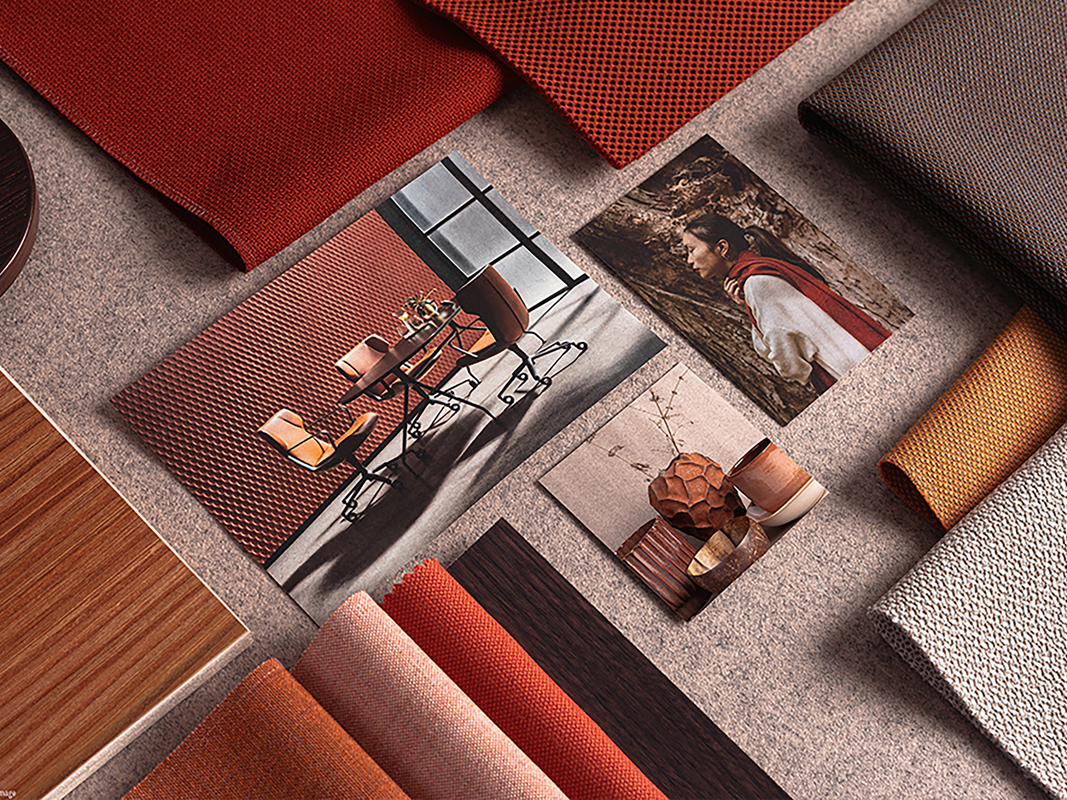
Aiko, in an interior design concept, light and haptics are pivotal to colors and materials showing what they can do. What had to be taken into account when selecting them?
AT: On a cloudy day, colors look a lot different. Light and shade play a big part and can create fantastic contrasts between shiny surfaces. The behavior of woolen and polyester fabrics varies in light and shade. You should assume that the color will have a different effect. And, ultimately, the haptics of any material are different. But first-class haptics are required to achieve a high-quality end result.
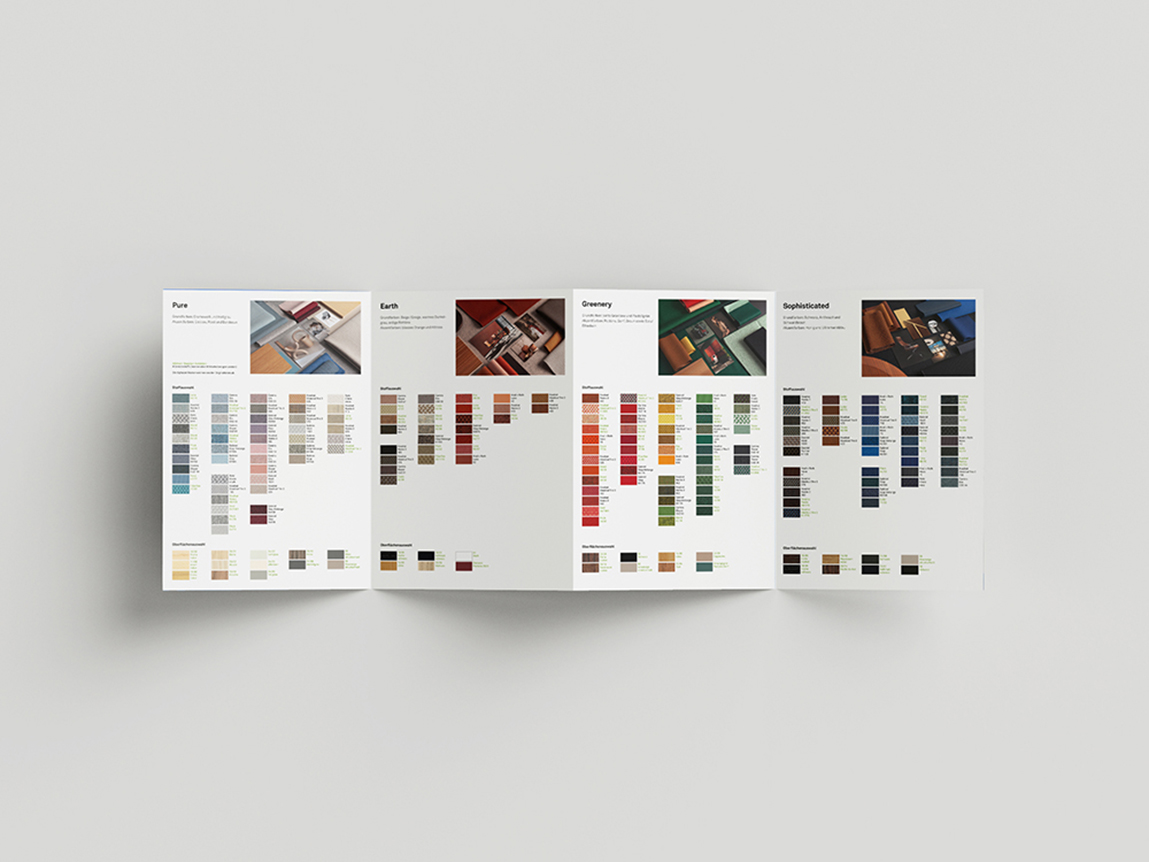
How do the mood boards help to design a workplace based on people’s needs? And aren’t we all different, or rather isn’t color a question of taste?
AT: When we developed the mood boards, we reflected the fact that lines between workspaces and living spaces are becoming blurred. But there’s no doubt that it’s easier to live and work in a comfortable, well-designed environment. What’s more the human-centered workplace could be at home or in an office environment. Therefore, the colors and materials need to respond to different work styles. There’s also a growing tendency to incorporate organic elements in the workplace and connect people with the environment. We’ve also taken this aspect into account in the color scheme here and there. Colors are also linked to the zeitgeist because they speak to the emotions. Topics that concern society are translated by art and design into shapes, objects, and colors. Colors appeal to a lot of people at the same time but are also repeated points of reference to specific issues of a particular era.
Paul Klee once said “color possesses me” when talking about painting. But perhaps that should also be what we expect of interior design. So, on that note, thanks to you both for such an inspiring interview.
Try the new Wilkhahn moods interactively
Take a virtual, 360° tour through the human-centered workplace to experience the impact of colors and materials in a room interactively. Click here.
Subscribe to our newsletter
We’ll tell you about exciting events, stories from the office world and interesting new products in our newsletter once a month. Subscribe here
Further information
If you’d like to find out more about the development of the Wilkhahn mood boards, why not watch the interview with Alina and Aiko: Interview on Youtube

